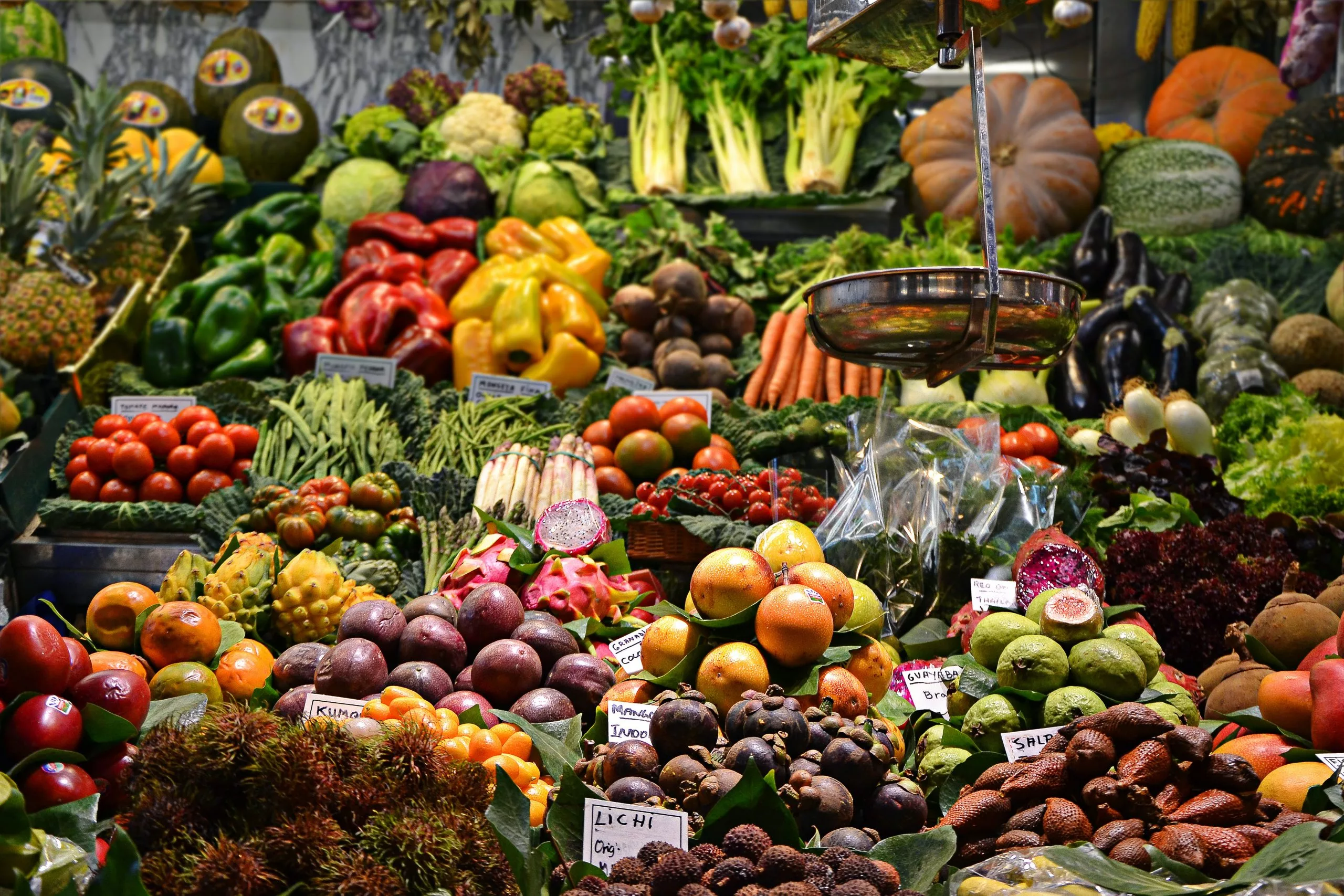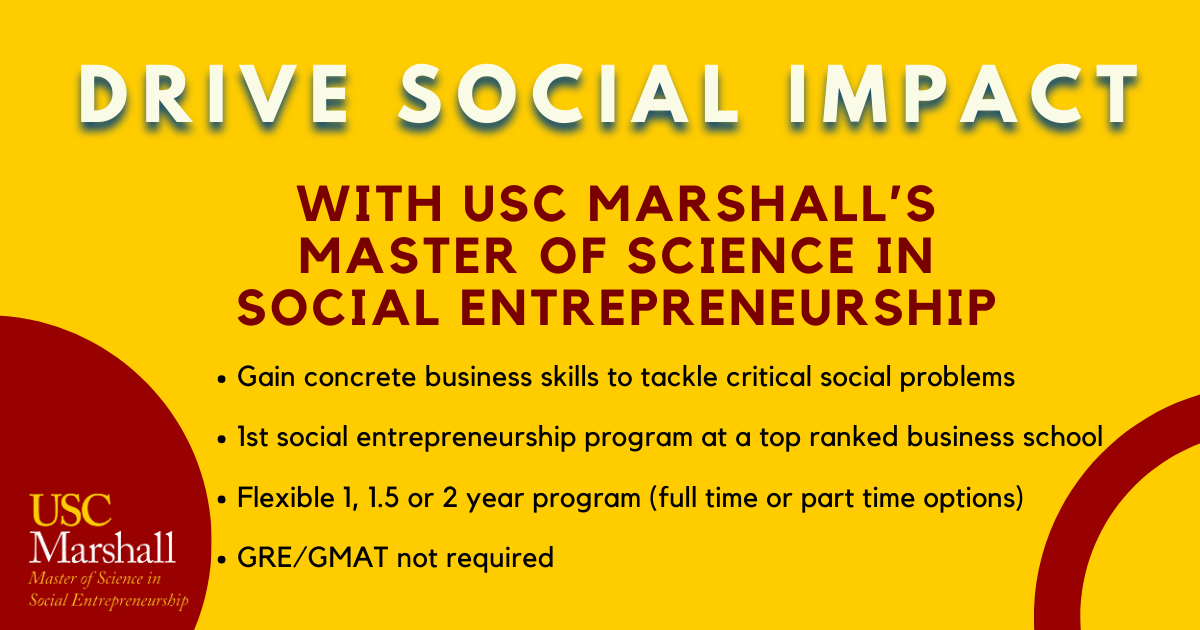People are becoming increasingly aware that in order to reverse worrying environmental and social trends, we must consume more sustainably and waste less. One major, and often overlooked, problem is food waste, which has severe social, economic and environmental ramifications in both the US and around the world. But what exactly is food waste, and why is it so harmful?
What is Food Waste?
While your first thought might be someone scraping an uneaten pile of carrots from their plate at Thanksgiving, food waste actually occurs at all stages in the food supply chain. From the farms where it is sourced to the supermarkets where it’s sold and, of course, the homes and offices of consumers.
In the home
The largest source of food waste is from end consumers, with American homes throwing out roughly 27 million tons of food every year, representing 43% of the 63 million tons of annual food waste in the USA. There are several reasons for this, with food spoilage being the main issue.
Consumers over purchase due to the large amount of produce available, while also overestimating how much is needed. This leads to food sitting in homes, going bad, and ending up as waste. Additionally, over 80% of Americans waste edible food due to not understanding expiration labels.
In the Store
Consumer-facing businesses including supermarkets, grocery stores, distribution centers, restaurants, schools, universities and more, account for 40% – or 25 million tons – of annual food waste in the US. This mainly consists of perishables, and is, unfortunately, part of the business models employed by many retail outlets.
A former President of Trader Joe’s explained that “if you see a store that has really low waste in its perishables, you are worried. If a store has low waste numbers, it can be a sign that they aren’t fully in stock and that the customer experience is suffering.”
This worrying assessment is a direct reflection of the demand for “plentiful” displays, which results in overstocked stores, pack sizes that are too large, the full-day availability of perishable goods, alongside other practices that help drive food waste.
On the Farm
Unbelievably, 10 million tons of food never even makes it off the farm, with 16% of all annual food waste in America happening at the source. There are numerous reasons for this, including economic factors such as deviations in demand and lack of available labor; natural factors such as pests, disease, and weather; and food safety concerns such as salmonella contamination.
Many of these issues are difficult to solve, although much can still be done to make farming practices more efficient, however, one driving force is entirely in the hands of the consumer: the demand for “perfect” produce, forcing farmers to discard produce based on its shape, size, color, and time to ripeness.
The Social and Environmental Impact
Food insecurity is a genuine threat around the world, and America is no exception, with an estimated one in seven Americans being food insecure. This, at a time when global food waste (estimated to be 1.3 billion tons) is “four times the amount needed to feed the more than 800+ million people who are malnourished,” according to the World Wide Fund for Nature. Beyond the moral responsibility that this places on those most responsible for food waste, the disparity in access to food is predicted to be one of the biggest risks to global stability in coming years, as environmental degradation pushes more people towards poverty, particularly in developing countries.
And it isn’t only food distribution, but the economic loss that comes with food waste. According to Forbes, “The total annual cost of the wasted food was estimated to be $240 billion or $1,866 per household.” With better-managed food systems alongside consumer awareness and changes in our habits, this vast sum could be put to use for socially beneficial projects as opposed to being simply thrown away.
Potable water is an often overlooked resource, but its scarcity is beginning to be felt around the world. At the same time, 21% of fresh water in America is used to produce food that is discarded. This at a time when the World Resources Institute ranks Nebraska, Colorado, Arizona and California as having “high” levels of water stress, and New Mexico as being “extremely high”.
There is also the question of where food waste goes—and the answer to that, right now, is landfills. In fact, food waste accounts for 21% of landfill volume in the US, despite much of it being more than suitable for composting. Apart from negligent land use, these piles of decaying food also produce harmful greenhouse gasses, with some estimating it to be equivalent to 37 million cars.
What Can You Do?
There are many ways to reduce food waste both on an individual and commercial scale. When at home, you can:
- Educate yourself about expiration labels and the difference between “Best if used by / Best before” and “Use by”.
- Start composting to keep food waste out of landfills.
- Utilize your freezer to keep food that can’t be eaten immediately.
- Write grocery lists, plan meals, and portions.
- Don’t demand perfection; Accept imperfect produce!
- Learn how to use what you’d normally throw away.
As a business, there are many options to try to reduce your food waste, or at least put it towards something useful. Some ways that companies in America have been innovating in this area is by finding ways to use food waste as ingredients in other products, setting up systems that redistribute the food to those that need it, or using commercial programs that can help with industrial composting as well as the collection, delivery, and donation of food waste. Thankfully, things are beginning to change, and the way we deal with food waste, both on an individual, corporate, and even city-wide scale, is finally getting the exposure it deserves. However, it is still a significant issue in countries around the world, with severe economic, social, and environmental impacts, and we must examine our relationship with food at every stage of the production chain so we can push more sustainable practices and ensure future food security for our ever-growing global population.







